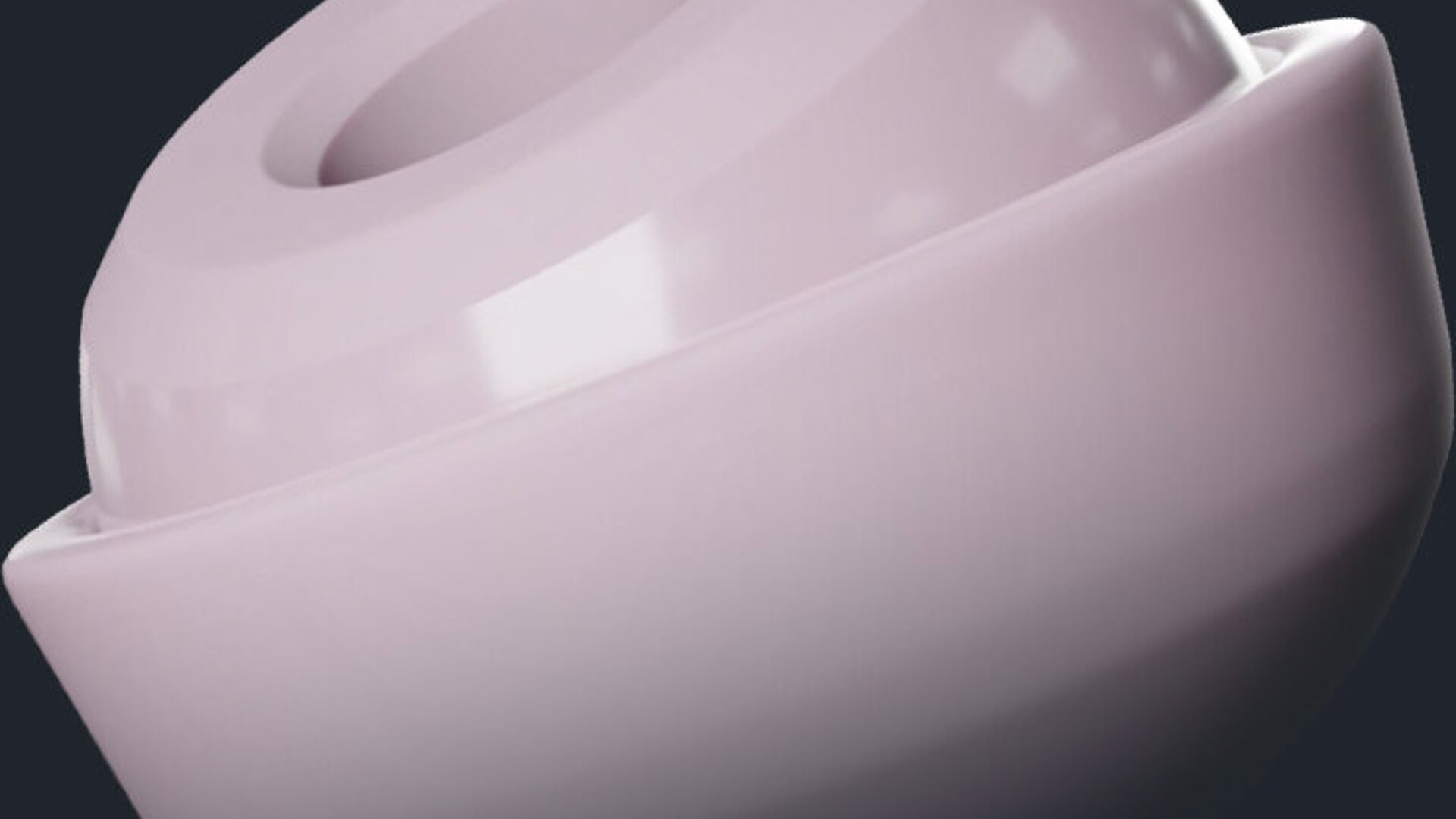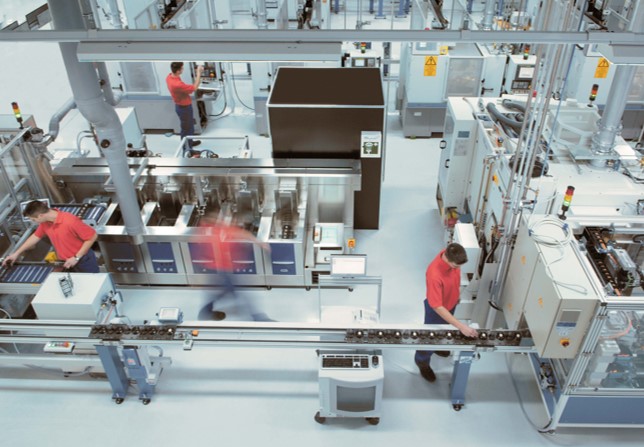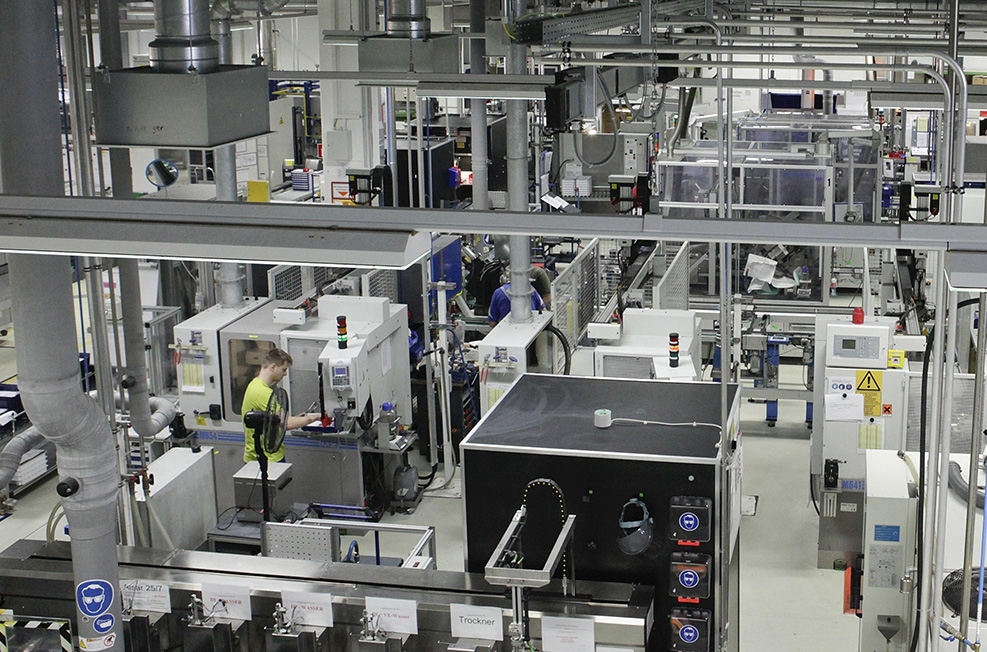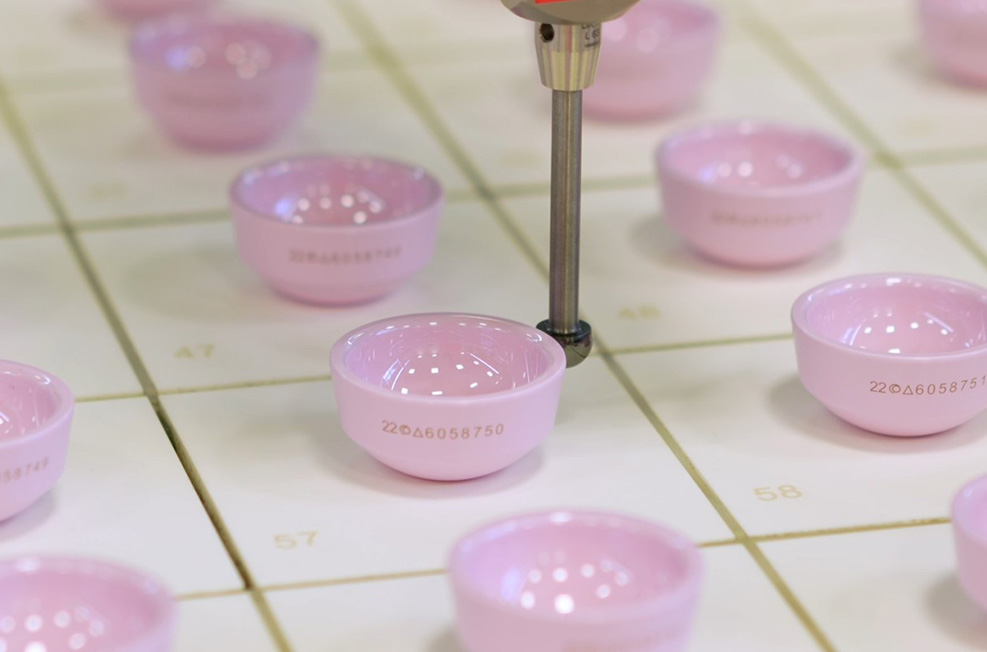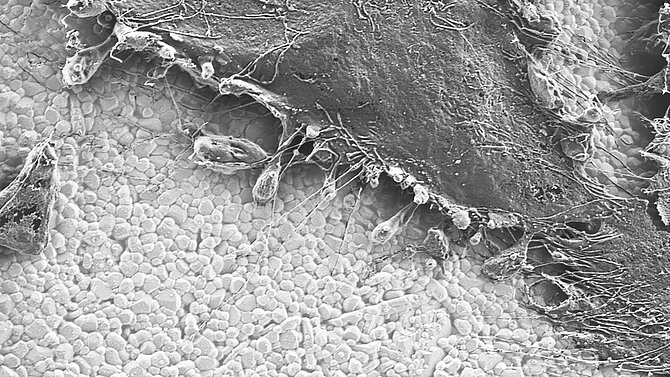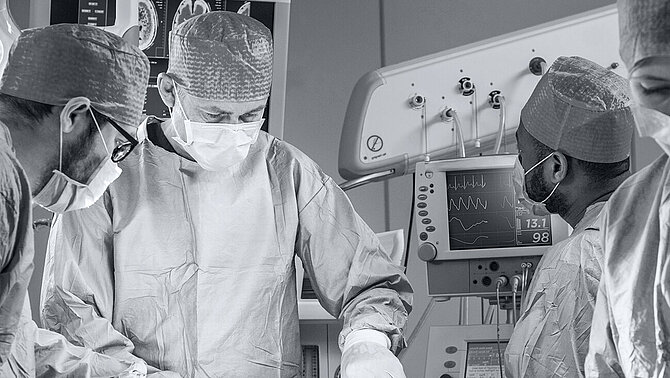Hip
Wide acceptance of this ceramic technology in hip joint replacement has led to the development of yet another generation of alumina ceramics, that being zirconia toughened alumina, which will likely set the new standard in ceramic-ceramic articulations.
This material with its increased strength, may allow for more complex reconstructions in and around the hip to take place with ceramic-ceramic articulations previously reserved exclusively for the metal-polyethylene combination.
In addition, our confidence in this material combined with modern technologies would lead the use of ceramic components beyond the hip into the knee and find applications elsewhere in orthopaedics.1
Johnathan Garino MD – April 2002
Choice
Current best available evidence from international joint registries gives strong indications and tendencies that BIOLOX®delta bearings (CoC and CoP) in THA are associated with a lower overall risk of revision, mainly driven by a lower risk of revision for periprosthetic joint infection.
Cumulative 2-to-13-year survival of THAs with BIOLOX®delta bearings range from 94 to 100%, accompanied by significant improvements in function and pain comparable to other couplings.
This comprehensive review suggests a favourable benefit-risk-ratio of ceramic bearings (CoC and CoP) compared to other couplings in total hip arthroplasty (THA). While the lack of confirmatory evidence from large-scale randomized controlled trials (RCTs) cannot and must not be denied, registry data speak a clear language.2
Dirk Stengel MD, PhD, MSc, CeraNews 2022

